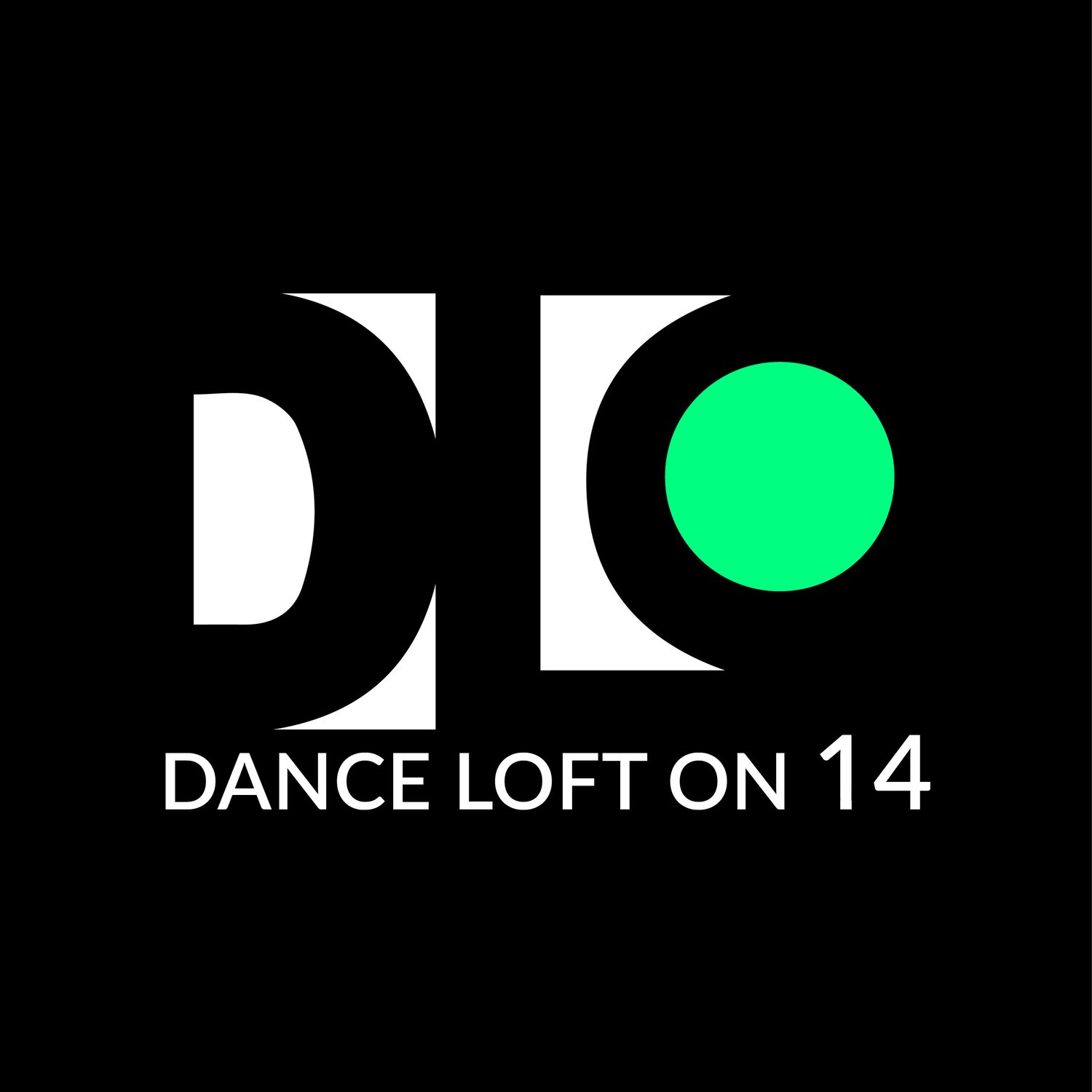On February 23, 2024, Moveius Contemporary Ballet performs in the renowned Atlas Performing Arts’ Intersections Festival. Voices from Within features five restaged and debut works from female choreographers Jenelle Figgins, Diana Movius, Asami Seki, and Elizabeth Watson. As their pieces explore ideas we all face – identity, friendship, competition, joy – audiences are invited to experience movement as a canvas to amplify diverse voices. Driven by the company’s ethos, Moveius is proud to showcase female choreographers in our repertoire and work towards closing ballet’s gender gap. Ahead of the performance, we’re highlighting these incredible voices and their work in creating the pieces that comprise Voices from Within. Purchase tickets to the show here.
In the evening’s repertoire, Asami Seki presents Bare Soul, a clever and deeply human work about our search for identity. Seki was born in Japan, where she currently resides, and professionally trained as a dancer in the US. She has danced with the Joffrey Ballet School, Nashville Ballet Company, among many others, and is a graduate of Dance ICONS Choreographic Institute in Washington DC. Read our conversation below!
This interview has been condensed and edited for clarity.
“We like different things, we think differently, and we all have different backgrounds, yet we rely on each other. Because dance is a universal form of language, hearing these diverse voices will help us open our eyes and our minds continuously.”
What does Bare Soul mean to you?
Now that I look back, a lot of the scenes in Bare Soul were inspired by my own experience. Sometimes I find myself covering up literally with materials in order to fit into societal or social images, which helps me to protect my fragilities. I also know the satisfaction of being free of expectations. During the creation of Bare Soul, I explored individuality through [one’s] covers and what is protected underneath.
Can you tell me a bit about your choreographic process? What is your favorite part, or the most challenging?
I usually start by listening to music. When the music is decided, I would dance in my head and the choreography seems like a master piece, and I get really excited. The hard part begins when we gather at the studio and create the actual steps with dancers, since it is never the same as what was in my dreamy head. My favorite part is when the curtain is going up for the premiere because I know there is nothing I can do anymore and the piece is in the dancers’ hands.
What was your experience like choreographing in the US?
I never realized it in the moment, but now that I work mainly in Japan, I am so amazed by the openness from the US audiences. Dance is part of the culture and it is in everyday life. The theater is open to everyone, anytime, and I love that.
How does it feel to be a part of an all female choreography group for this show?
I am very honored and excited to be a part of this show. I would like to thank Diana and her company for this amazing opportunity.
Why do you think it’s important diverse voices are heard in dance?
I think this question goes the beyond dance world. Diversity is extremely important for us, we are unable to live alone. We like different things, we think differently and we all have different backgrounds, yet we rely on each other. Because dance is a universal form of language, hearing these diverse voices will help us open our eyes and our minds continuously.
What makes dance a good vessel for storytelling?
Because dance tells story through movements and not direct words, there is room for imagination. One might feel dancers are fighting on the stage, while others might think they are working. There is no right or wrong answer. The imagination is the yummy part of enjoying the show.
What are you most looking forward to for Voices from Within?
My eyes, ears, all my pores and guts are ready to hear what each voice is going to tell us!

